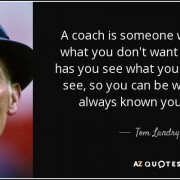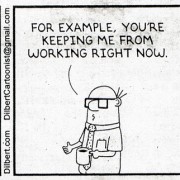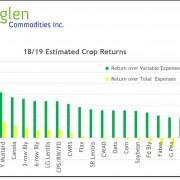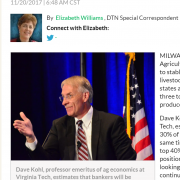Who Needs a Coach?
Muhammad Ali.
Wayne Gretzky.
Tom Brady.
Professional athletes…emphasis on “professional,” the best at what they did (do). Evoking cries of “The G.O.A.T.” which stands for “Greatest Of All Time,” these legends all used a coach.
Football teams have more coaches than they are allowed players on the field at any one time. Baseball, hockey, soccer, olympic squads, the list goes on…all have coaches.
Individual success, such as Tiger Woods, Venus Williams, Michael Phelps, even many CEOs of Fortune 500 companies, all use a coach. One of the best, if not the best coach of corporate executives, Marshall Goldsmith, uses a coach himself.
Right now, I have three. Each has a specific purpose, yet they compliment each other in how I benefit from having them. This does not include the advisers I use for accounting, legal, investments, or insurance where the number then increases to more than ten.
Back to the professional athlete, who is so skilled at what he or she does that they make a living doing it (and a exceptionally good living at that.) If you’re already top of your game, what good is a coach? If that were true, then everyone at the top of their game (see a small sample list above) would have fired their coach. Just because we might be at the top of our game doesn’t mean there is no longer room for improvement. None of us is perfect.
Can you and your business benefit from a coach? What aspects of your business could use some coaching?
Efficiency: is your efficiency all it could be? The old adage that I lean on is “You don’t know what you don’t know”, so is the perspective from an expert a worthy pursuit?
Finance: this relates to banking, borrowing, and investing. Is your approach more reactive to these important facets of your business, or do you regularly analyze your situation to proactively position you and your business? I couldn’t tell you how often I’ve seen something as simple as monthly account fees going totally unmonitored and therefore costing 2-3x what would be charged if a regular review was done.
Growth: this can take so many forms; I could write a book! Growth is not just about size and scale, there are many ways to grow (both personally and business.) If growth is your desire, considering how varied and complex growth can be, having a growth coach can save hours of stress, create multiples of efficiency, and help avoid pitfalls along the way.
The list is almost endless: from technology and social media to HR and governance/policy development, there is an expert available who is willing to help you take your business to new heights.
Plan for Prosperity
It is not reasonable to expect that you, as an entrepreneur and business owner, can know everything related to the successful operation, sustainability, and life-cycle of your business. And yet, considering that your business is the driver of your family’s lifestyle and a big part of your legacy, it is tragic to leave to chance so much of what is critical to business success.
Do what you do best, and get help for the rest.™
-Kim Gerencser
The quote above is a major cornerstone of my advisory work with clients, that’s why I’ve trademarked it. It’s been said that we can spend our entire lives trying to improve on our weaknesses and all we’ll end up with are a bunch of strong weaknesses. Whereas if we leveraged our strengths, the potential they create can grossly overshadow the drawbacks of any weaknesses…especially if we leverage others whose strengths are in the areas of our weaknesses.










